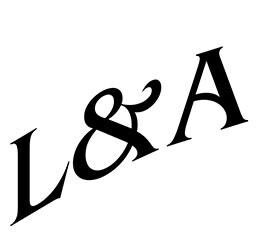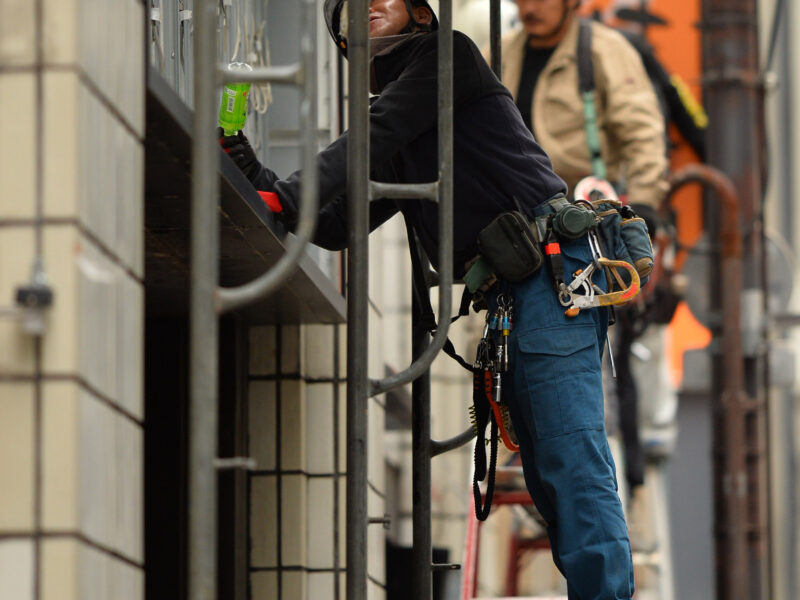Excluding theft and vandalism, there are four ways that your home can sustain damage: wind, water – both weather and non-weather related, hail and fire. The following are ways that you can get ahead of the game and protect your home from damage.
Wind and Storm Damage
The best protection is advance preparation. You often won’t get much advance notice of a major storm, so plan ahead. Assume that there will be different types of storms throughout the year, from spring and summer thunderstorms, to winter blizzards. Prepare for them by removing objects that may be picked up and thrown by the wind. Remove that tree branch hanging by your living room or bedroom window. Fix loose fencing. Put away garden tools and toys and store your patio furniture when not in use. Fix loose shingles and eaves troughs. If you have siding, you may want to make sure it is secure and loose pieces won’t come loose in a strong wind.
Check that doors and windows are secure and shutters are in good working order. Is your garage door clear and working properly? Your car is an important part of your home, so you want to be able to get it safely stored from damage.
Water Damage
There are two types of water damage that your home can sustain, weather and non-weather related, and you need to be prepared for both.
Weather related water damage includes leaking and flooding. To prevent leaking, be sure that your roof and shingles are solid and in good shape. Also make sure that all of your windows and exterior doors are well sealed.
Having your gutters and eaves troughs cleaned regularly can help protect your home from both leaking and flooding. You want roof water to be directed away from your home. Another way to avoid flooding is to ensure that your foundation is well sealed and that ground water flows away from your home and is not allowed to stand. Having your foundation walls coated with a good EIFS (Exterior Insulating and Finish System) material is a great preventative measure. A backwater valve and good working sump pump will also help you to avoid flood damage.
Non-weather related water damage can include both leaking or burst pipes and mechanical failure of a washing machine or dishwasher. It is difficult to know when a pipe is going to burst or a washing machine is going to fail, but keep your eyes open for signs of leakage and repair early damage when you see it, to avoid bigger problems down the road.
Hail Damage
There is a limited amount you can do to prevent hail damage, especially if a hailstorm catches you by surprise. The best you can do is prepare for any incoming storm as if it were a hailstorm. Store any lawn or patio furniture and toys to prevent them from getting damaged. Park your car in a secure garage when possible. Shutters for your windows will prevent potential glass damage. If you don’t have shutters, close the blinds and curtains to minimize the damage if a window does break.
This is an area where home construction can definitely matter. A solid, well-constructed roof and strong exterior walls will help you weather the storm. Stone, brick or stucco walls are much more resistant to hail damage than many siding materials.
Advanced planning, along with being aware of seasonal storms, can make the difference between riding out a storm and a costly repair bill or insurance claim.
Fire Damage
Fire can be one of the most damaging, most dangerous and most unexpected things to go wrong in your home. But, as with all the previous issues, prevention can go a long way towards avoiding potential disaster. Do you have smoke detectors in your home? Do you have enough for the size of your home? Are they working? When was the last time you checked?
Once you are sure that your smoke detectors are in working order, the next thing to concern yourself with are the appliances you use on a regular, or even irregular, basis. Are their cords in good working order? Have they been operating properly? Have you received a shock while using any of them? Think about signs that some may be in need of replacement. Spending the extra money now may save you later.
What about flammable materials? Where are they stored? Are there any potential fire hazards around your home that you need to deal with? Do you have fire extinguishers in your home? Are they in working order? Do you and the rest of your family members know where they are and how to use them?
Good safety practices around the home can prevent a potential disaster in the future. While it is true that a stone or brick home is less likely to catch fire than a wood one, unless you live in a castle, there are many things in your home that are not stone, brick or cement. Stay aware and stay safe.
Staying Ahead of the Damage
The best way to prevent damage in your home is to be aware of potential problems, stay ahead of them and find solutions before they come up. This can begin as early as planning your home. Buy, build and renovate with solutions to potential problems in mind and you will be well ahead of the game.


